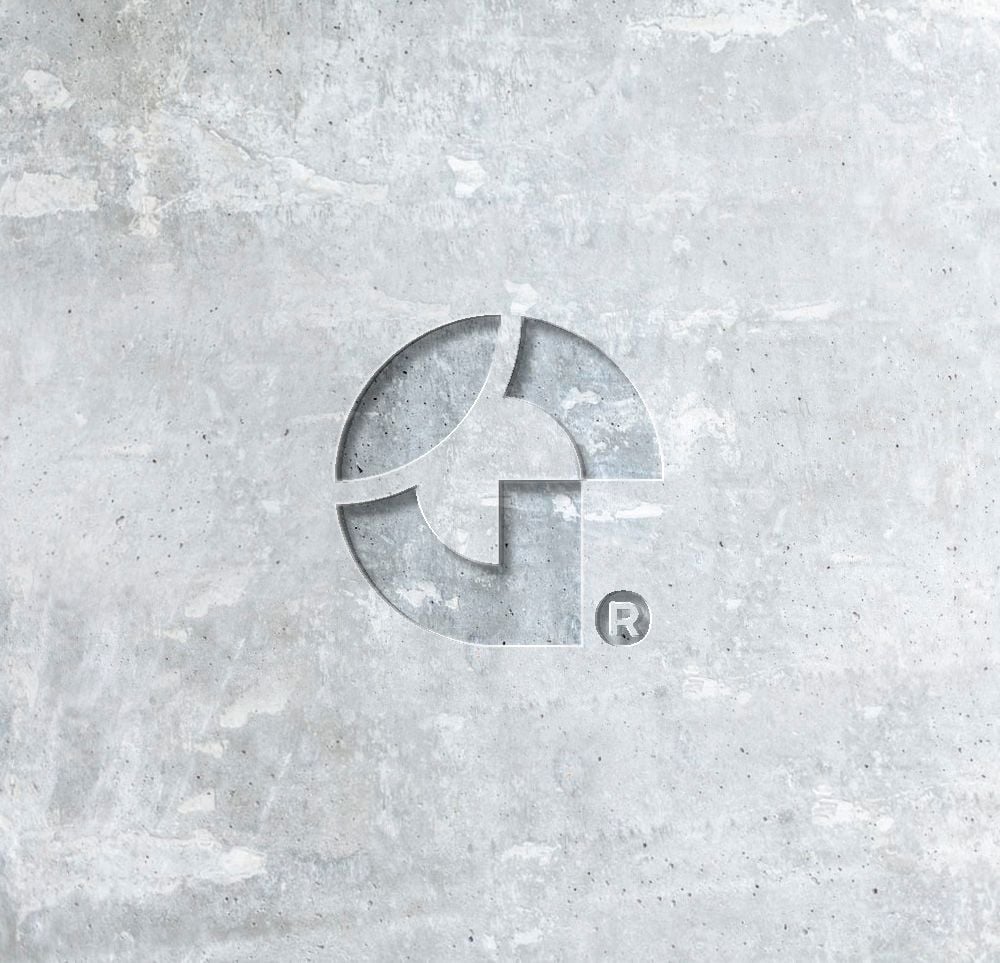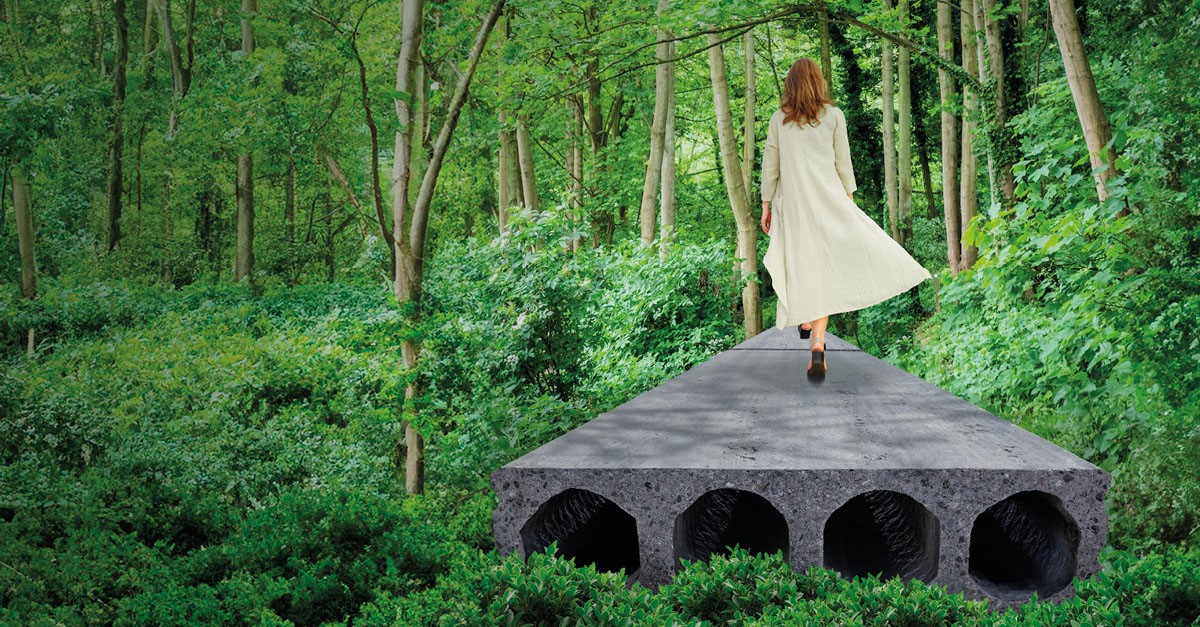Subscribe to the latest news
Sign up to receive updates on sustainable solutions and low-carbon materials from Betolar.
Geoprime is the secret recipe for reducing CO2 emissions. Learn more

View a video
I want to reduce the CO2 footprint of hollow-core slabs and other construction products
.jpg) Discover
Discover
I want to reduce the CO2 footprint of my landscaping and infrastructure concrete products
_lr.jpg) Discover
Discover
Press releases, company releases and management transactions
Articles
Success cases from our customers
Upcoming and past events
Learn more about our story and Betolarians
Interested in working at Betolar?
Become one of our trusted partners
Fill a form to contact us and we'll get back to you
Betolar careers
Reckon you are just the forward thinking professional we are looking for? Let us know about you!
Check available job positions
Check available job positions
Interim report
Check the webcast recording of our Q3 Business Review
View webcast
View webcast
Mikko Marjalaakso
21.3.2024

Materials' share of the buildings' life cycle emissions is a significant 40%. A lot can be done by focusing on material choices when aiming to lower the carbon footprint of the built environment.
Much work is being done to reduce carbon emissions from the built environment by improving the energy efficiency of buildings. At present, environmental measures in buildings focus in particular on in-use energy efficiency.
However, emissions from building materials account for more than 40% of the total life cycle of a building. Therefore, more attention needs to be paid to the materials used in construction. CO2 emissions can be significantly reduced through the choice of materials, not only through the choice of energy sources during the use of buildings.
Cement production continues to place a heavy burden on the planet through carbon emissions from the manufacturing process, although developments, particularly in the EU, have significantly reduced emissions. In any case, minimising the impact of cement use in concrete production is key to reducing the climate impact of the construction industry.
The manufacture of materials accounts for the majority of emissions during construction. Concrete makes a significant contribution to this. New innovations have the potential to significantly reduce the carbon footprint of buildings made of precast concrete components, for example.
Our Geoprime solution uses available standardised side streams such as fly ash and blast furnace slag. However, at current levels of concrete production, replacing cement entirely with these side-stream materials would require four billion tonnes of materials per year. Such quantities are simply not available on the market.
Therefore, Betolar's research and development objective is to identify new circular economy materials for binder use. This research is enhanced by the use of a proprietary cloud-based artificial intelligence platform. We have analysed and modelled data from more than 250 different industrial side streams to optimise concrete and geopolymer recipes in terms of strength, viscosity and other properties.
Shell construction has a major impact on the emissions of a high-rise building project. Concrete-framed apartment buildings generally use either prefabricated precast concrete or the same structures cast in situ.
Hollow core slabs are a much more efficient solution in terms of material mass than cast-in-place concrete. Optimising the design and production of hollow-core slabs and other precast concrete elements in the factory reduces the amount of concrete needed and thus significantly reduces the carbon footprint of construction projects. Choosing a low-carbon material for hollow-core slabs can take climate efficiency to a whole new level.
In terms of environmental impact, prefabricated construction is also a clear alternative to wood, especially when considering the emissions over the entire life cycle of a building. However, wood and concrete also have their own strengths, and at their best, they can even complement each other.
Together with Consolis Parma, we carried out an extensive research and development programme to produce low-carbon hollow-core slabs with the Geoprime solution. As a result of this collaboration, we released the world's lowest-emission hollow-core slabs. The test castings were subjected to extensive laboratory and industrial-scale tests according to standard requirements.
The tests showed that hollow-core slabs can be manufactured on an industrial scale with no cement at all, or with only 5% cement content as required by standards. The solution makes it possible to produce hollow-core slabs with up to 75% lower emissions than those produced with conventional Portland cement.
Based on the results of Betolar's research, it is also possible to produce prefabricated elements such as hollow-core slabs without the use of cement. Standards governing the materials could now be updated to support the introduction of new technologies, which are supported by market demand.
New, innovative building material solutions are available. They have been tested under industrial conditions with solid results. The climate and nature impacts of the built environment need to be assessed as a whole, rather than sub-optimally. New building practices and innovative materials will benefit the planet in many ways.

Mikko Marjalaakso
Senior Sales Manager at Betolar and a Board Member at Green Building Council Finland.
Contact me via LinkedIn or mikko.marjalaakso@betolar.com

Blog
10.9.2025
Blog
29.8.2025
Contact us to hear more.

Sign up to receive updates on sustainable solutions and low-carbon materials from Betolar.